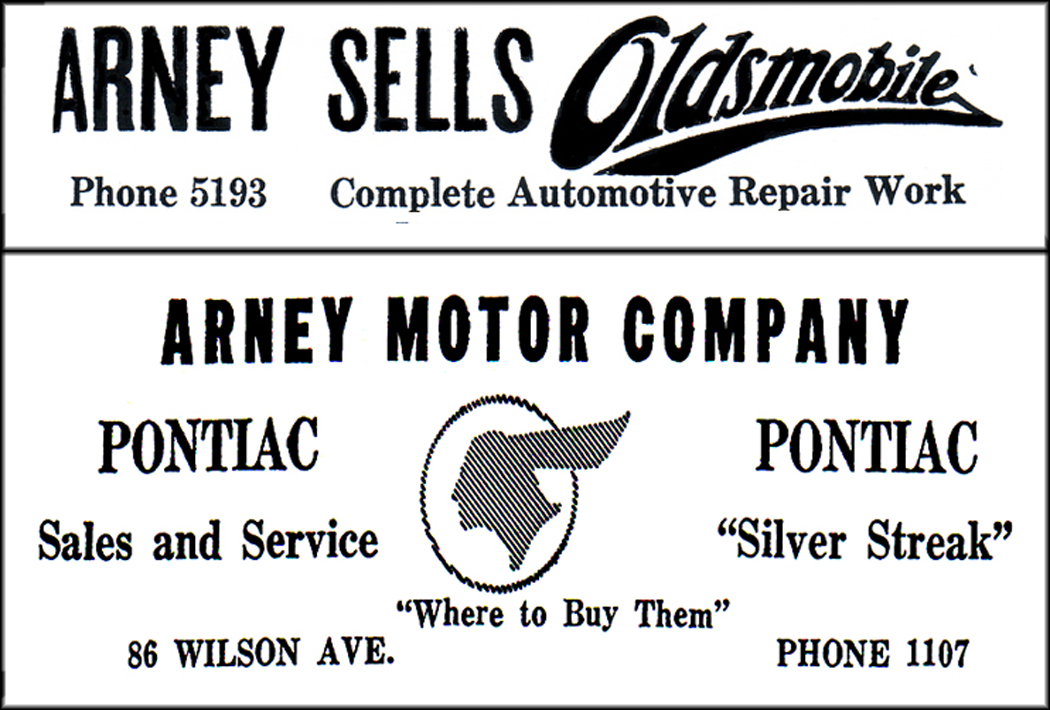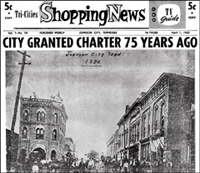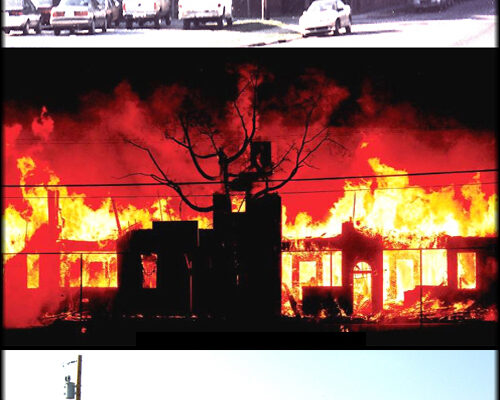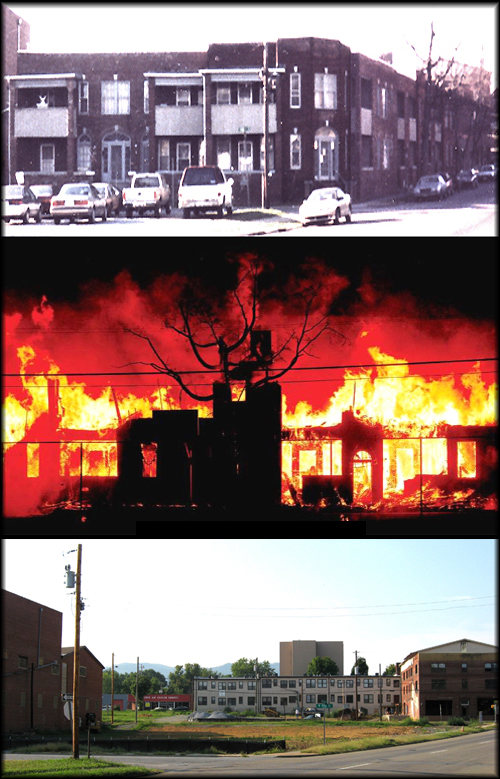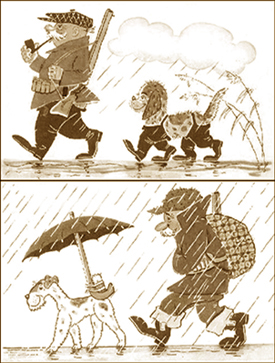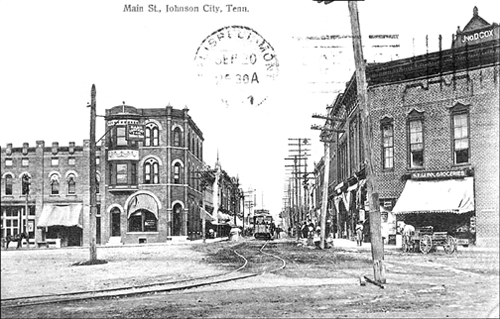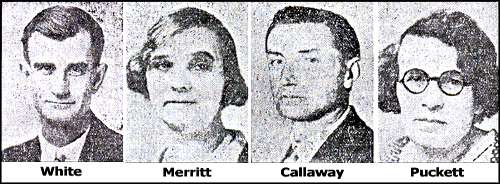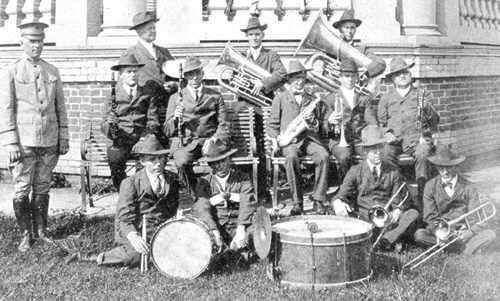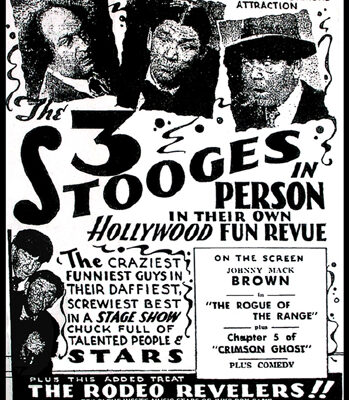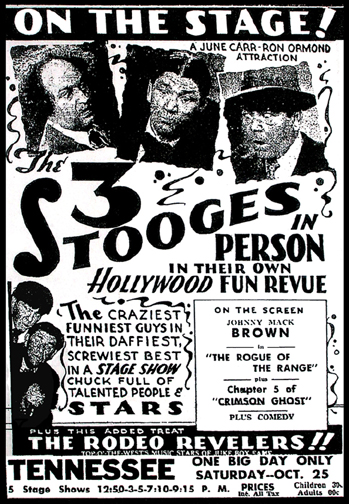Doug Bernardi sent me a copy of his prized 1964 opening day program of Johnson City’s Little League Baseball. The publication celebrates the 14thanniversary of the annual sporting event. Doug played on the First Peoples Bank squad between 1961 and 1965 and today manages the Optimist team.
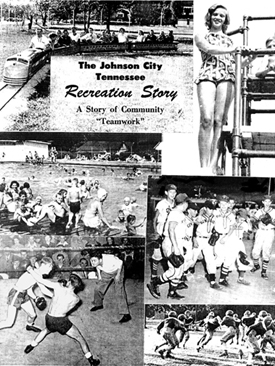
The 42-page booklet is chocked full of detailed information including photos of 24 teams of young men, ages 9-12, assigned to three leagues – Major, National and American. There are also 11 pages of ads touting local commercial firms, most of which have long closed. One of the more salient features of the syllabus is a one-page history of the sport:
“Little League in Johnson City was organized in the spring of 1951. Red Skelton, director of recreation for the Red Shield Boys Club, visited the various civic clubs showing a film of the World Series of a pre-war year. The result of his effort was sponsors to form two four-team leagues – National and American.
“Play that first year was at Mountain Home Field. The program was so successful that a facility was built at Kiwanis Park the next year and lighted by the Kiwanis Club. In 1955, Little League Field on Legion Street was built and with the addition of that field, it was possible to add another league, making a total of 12 teams of 15 players on each roster.
“From that time until the present (1964), growing pains have been the biggest problem of the organization. The 1959 All Star Team won the state championship and gave a good account of themselves in the Southeastern Regional Playoffs in Florida.
“In 1961, Lions Field on Duke Street, one of the best lighted in the South, was dedicated and turned over to the Part and Recreation Board by the Lions Club. The three leagues – National, American and Major – expanded to eight teams each, playing a total of 360 boys.
“Since the records over the years have been lost, we mention only a few of the large number of boys that profited from the lessons learned playing Little League Baseball: John Brooks; the Campbell boys, Jack, Bill and Kenny; Dick Webb; Roy Chatman; Charlie Morris; Wayne Birchfield; Bill Jones; Tony Bowman; Larry Ketcham; and Robert Swisher.
“The League motto was ‘The Boys of Today Will Be Our Men of Tomorrow.’ Their pledge was ‘I trust in God; I love my country and will respect its laws. I will play fair and strive to win; But win or lose, I will always do my best.’”
The 1964 Little League opening day ceremonies were held at 4:00 p.m. followed by ball contests of Civitans vs. American Legion and Hamilton National Bank vs. Tri-State Container. All games that season from May through July were listed in the book. Day games were played at 6 p.m. and night ones two hours later.
Mitchell Thorpe served as the Master of Ceremonies and introduced Rev. Jesse Curtis for the Invocation. The Science Hill High School Color Guard under the direction of Master Sgt. Kenneth Hedrick presented Post Colors. Next, the Junior High School Band, under the leadership of Warren F. Weddle, performed the National Anthem. After reciting the Pledge of Allegiance, Thorpe introduced Little League officials.
Calvin Frey then noted the league’s sponsors. Thorpe introduced guests and Frey followed by presenting Little League teams, managers and assistant managers. Board chairman, Bud Rutherford awarded pennants to the previous year’s league champions. The ceremonies concluded with the presentation of Miss Johnson City by the President of the Lions Club.
The sponsors and nicknames of the eight teams of the Major League (Harry Garner Range, President and Ralph Dunn, Player Agent) were American Legion – Legionnaires, General Shale – Little Generals, Ben’s Sport Shop – Clippers, Civitan Club – Boys Club, Lions Club – Cubs, Hamilton National Bank – Nationals, Summers-Taylor – Pavers and Tri-State Containers – Boxers.
The National League (Hal Littleford, President and Stan Welch, Player Agent) consisted of Wynwood Mills – Knitters, Interstate Foundry – Steelers, Junior Chamber of Commerce – Jaycees, Bolton Block Co. – Block Busters, ET&WNC – Truckers, Gordon’s, Inc. – Little Yankees, Pepsi-Cola – Sociables and Kiwanis Club – Indians.
The American League (E.J. Lewis, President and James Allen, Player Agent) was comprised of Giant Food Stores – Giants, Thorp & Co. – Scrappers, Optimist Club – Juniors, Pet Dairy – The Pets, First Peoples Bank – Bankers, Rotary Club – Rotary, Press-Chronicle – Pee-Wees and Elks Club – Elks.
The booklet thanked the editor, Mrs. John Tipton, for her many hours of work putting the brochure together.
Bernardi has fond memories of his Little League baseball playing days: “I remember I couldn't wait to get to the ballpark on game day. Back then you would play three rounds of seven games at three different ball fields. When I was 12, I had two younger brothers on the same First Peoples Bank team. My brother, Jim, played two years later on Jack Monroe’s all-star team that was beaten 2 to 1 in the state championship game. Carl Snyder, a bank vice-president, was the manager of the Bankers and Jeep Dye was his assistant.
“One memory took place at the Lions Field. Back then there were no screens to protect the seats on the 1st and 3rd sides of the field. David Taylor, our catcher, hit a rope foul and hit his mother, who was sitting in the 3rd base bleachers, causing her to fall over. I thought he had killed her, but after a few minutes she sat up and appeared to be okay. What are the odds of drilling your own mom with a line drive?”
Doug would like to hear from former Little League players. He also wants to know the names of 1959 All-Star team members who played in the Southeast Regional.

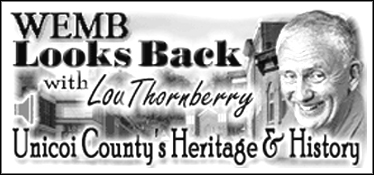
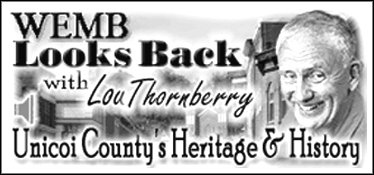
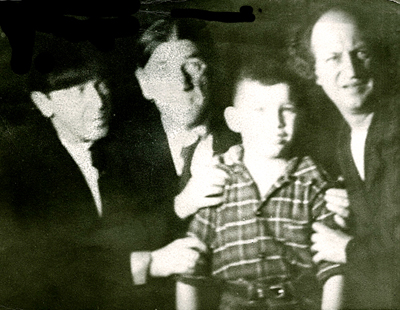
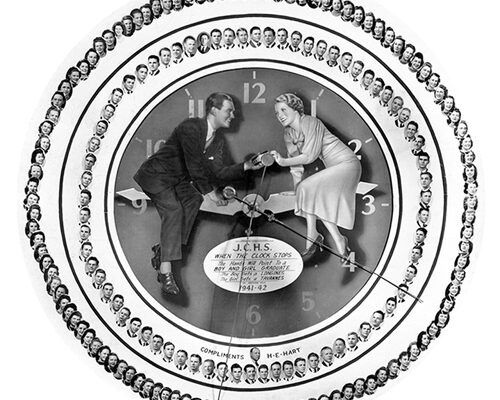
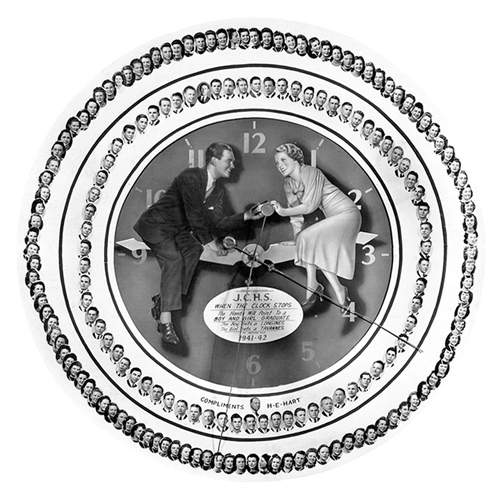
 and 1950 Ads-1050x400.jpg)
